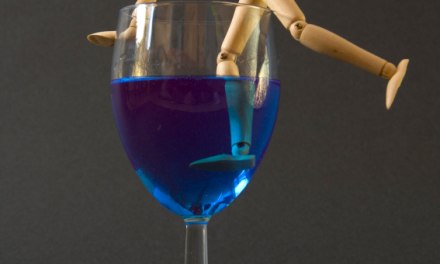Every so often I do a brief roundup of interesting research projects. Such as the two that showed up in my Inbox this week.
First, concerning the search for an ‘opioid vaccine’ that could potentially protect users from the risks that go hand-in-hand with opioid abuse:
Experimental vaccine blunts the deadliest of synthetic opioids
In our preoccupation with COVID-19, we shouldn’t lose sight of the fact that the drug epidemic, far from winding down, appears to be escalating. During the 12-month period that ended May of 2020, more than 80,000 Americans died of overdose. That’s the highest 12 month total ever.
A vaccine for opioids would presumably use antibodies to blunt the drug’s impact, by interfering as it attempts to pass into the brain. That would reduce risk of fatalities, depending upon how effective it proved to be.
Also good news: such a vaccine could work with carfentanil. That’s a synthetic sometimes described as fentanyl’s bigger, tougher, meaner brother. It’s been at least 3 years since I first heard of this substance showing up in samples taken from street users in one major Midwestern city. It’s so dangerous that it’s cited by authorities as a potential weapon for terrorist attacks. They’re not exaggerating. You may recall this disastrous attempt to rescue Russian schoolchildren some years ago. It went horribly wrong. Carfentanil gas is a prime suspect.
It’s hard to say how much impact a vaccine would have on the addictive behavior that drives so much substance use. Wherever addiction is present, unintended overdose is the consequence, not the disease.
Just ask any first responder who raced to revive an OD victim with naloxone– only to have to do it all over again on the same individual, a matter of days, weeks, or months later. That‘s the bigger problem.
Now, here’s a second study, this time from animal researchers in the UK who seek to identify the neurological roots of alcoholism. They think they’ve had success. A brief overview:
Neural roots/origins of alcoholism identified
This may or may not apply to other drugs. Some experts have argued for years that alcoholism should be studied by itself, since alcohol is pharmacologically quite different. I believe that debate is still ongoing.
Anyway, the research team focused on two brain centers they believe are home to key behaviors that characterize alcoholic drinking. Those are:
- Compulsive use, ordinarily expressed as an inability to stop at a predetermined point (say, after two drinks); and
- Impulsive drinking, in the form of a powerful, perhaps irresistible, urge that momentarily blots out awareness of risk, long enough to overcome any resolutions made by the drinker.
It seems like a weird mix of opposing processes. On one hand, alcohol temporarily inhibits accurate perception of danger. On the other, it simultaneously excites in the brain a desperate desire to escape, right now— by drinking alcohol, of course.
Could that be all there is to it? I won’t speculate. It seems to work with lab mice. And as any researcher can attest, mice are not so different from human beings.













